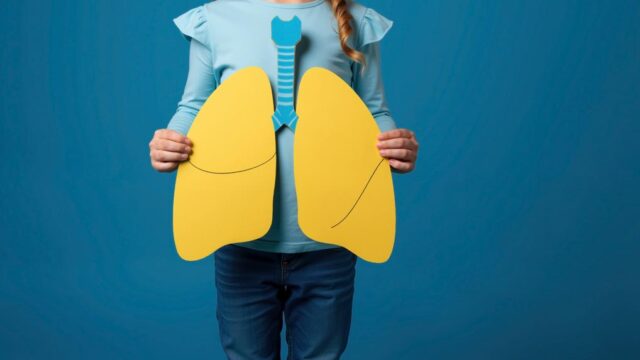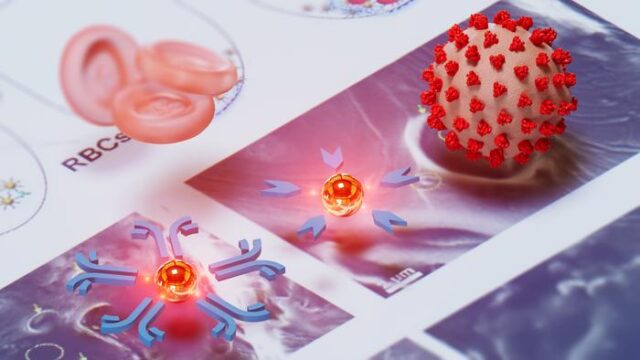Advertisment
Contagious omicron strain replicates early in infection

New research used engineered mice to compare SARS-COV-2 omicron subvariants and found one of them – BA.5 – was more virulent likely due to its ability to rapidly replicate early during infection.
The study addresses a challenge to studying and understanding rapidly evolving variants of concern due to a lack of animal models for running tests that could help explain why variants and subvariants each behave differently in people.
The genetically modified mice, called K18-hACE2 mice, used in the research express a human receptor that allowed SARS-COV-2 to enter otherwise inaccessible mouse cells.
“The strain that causes more pathology, BA.5, replicates much faster early on during infection,” said Avery August, professor of microbiology and immunology and co-corresponding author. “By doing that, the virus generates a really strong immune response, which then leads to increased pathology and symptoms compared to subvariants that don’t replicate as fast.”
“Prior to this study, there were no small animal models to study the new SARS-CoV-2 Omicron variants of concern, because no animals got sick with other variants,” said Hector Aguilar-Carreño, professor of virology and co-corresponding author. “Our study allows us to use relatively older K18-hACE2 mice as a disease model to understand how the virus becomes pathogenic, and to test whether and how vaccines and antivirals work for the new Omicron sub-variants.”
Early omicron BA.1 and BA.2 subvariants also replicated and spread in the K-18 mice but caused minimal illness and death. On the other hand, BA.5-infected mice exhibited significant weight loss, high pathology in lungs, high levels of inflammatory cells and cytokines, signaling proteins that are associated with inflammation. While some 3-month old mice survived, all 5 to 8 month-old BA.5-infected mice died.
The animal model makes it possible for researchers to begin to tease apart components of the immune system that could be focused on or blocked to potentially lessen or eliminate disease. Some scientists believe that targeting cytokines with drugs could provide a potential treatment that tempers the immune response and lessens symptoms.
The researchers found many similarities between the mouse model and how these subvariants behave in humans, with BA.5 being more virulent in both. One big difference was that most people who developed illness from BA.5 didn’t die, but in K-18 mice, the subvariant was particularly pathogenic and lethal.
The studies were done in a high containment biosafety level 3 facility.
The study was funded by the National Institutes of Health.










